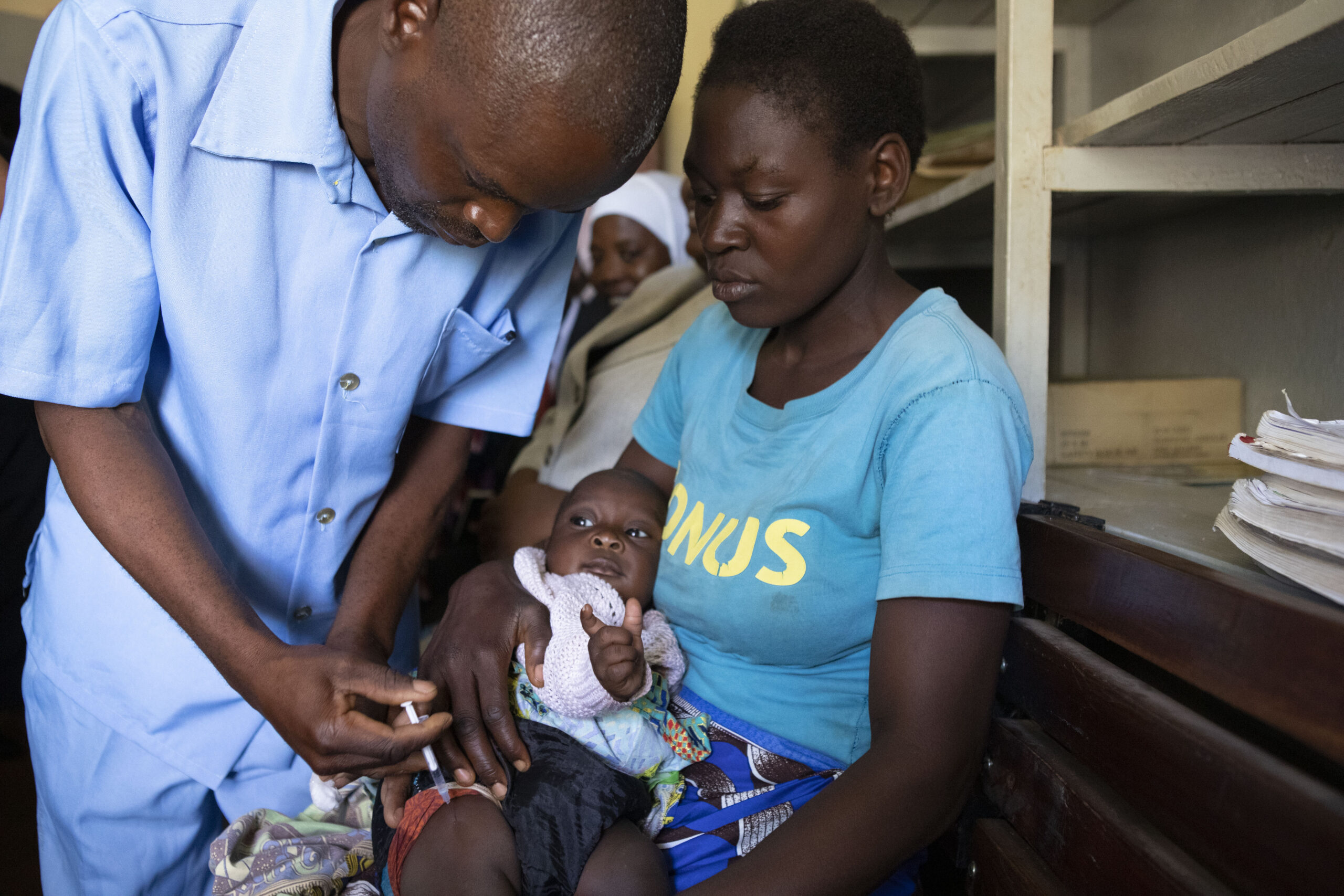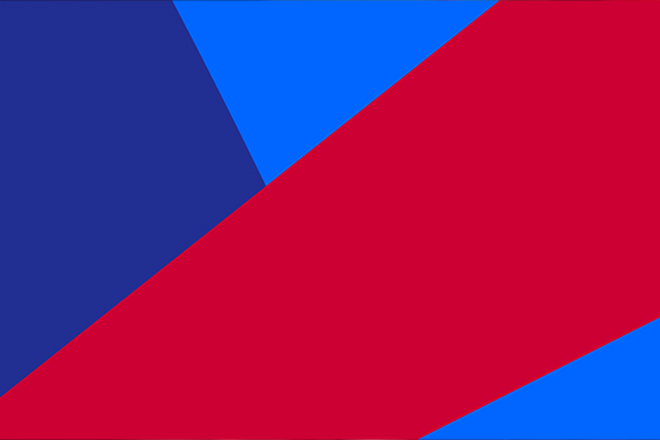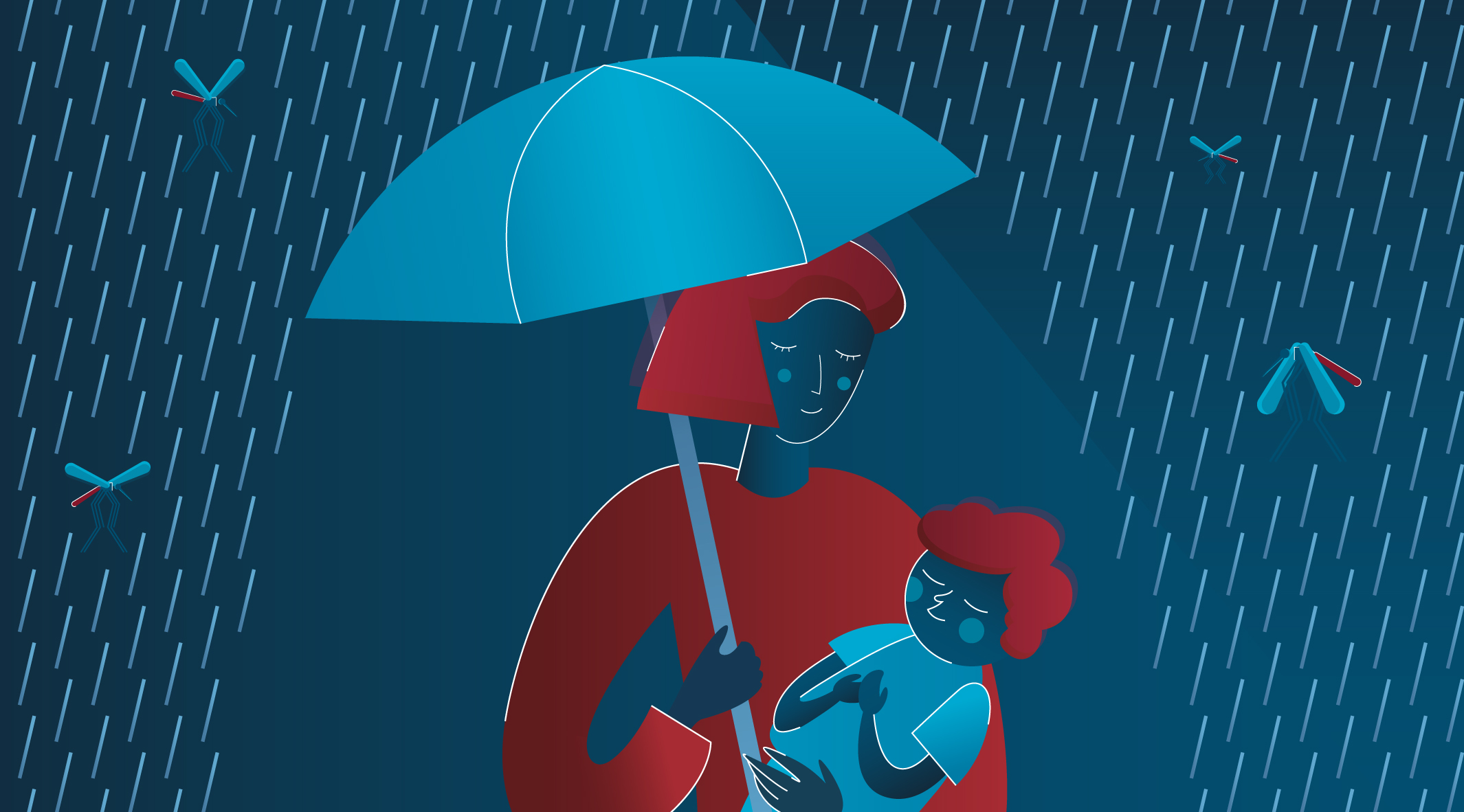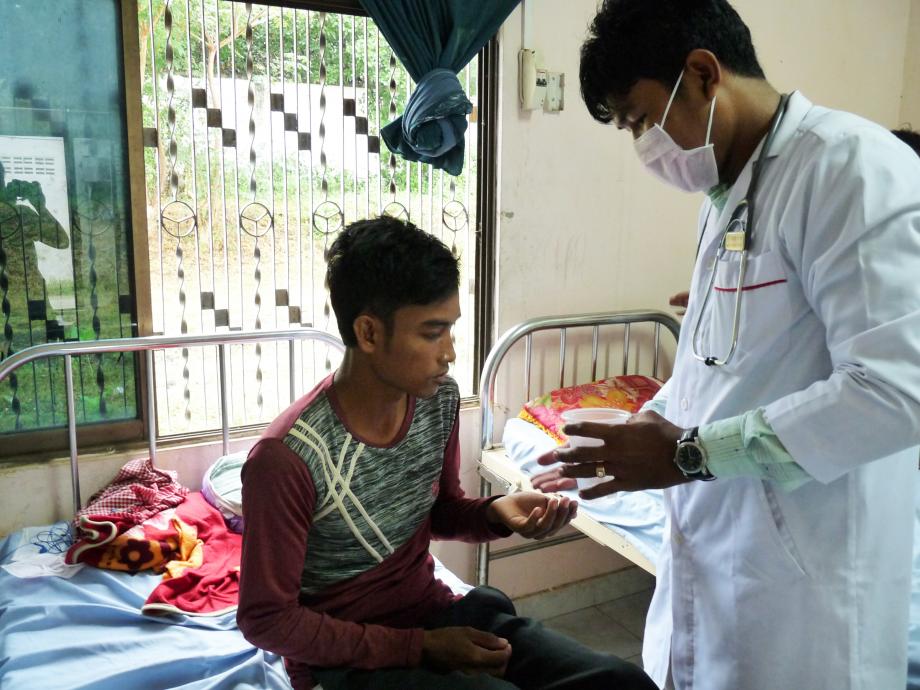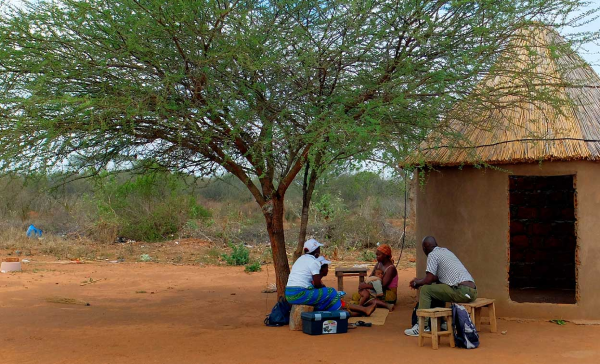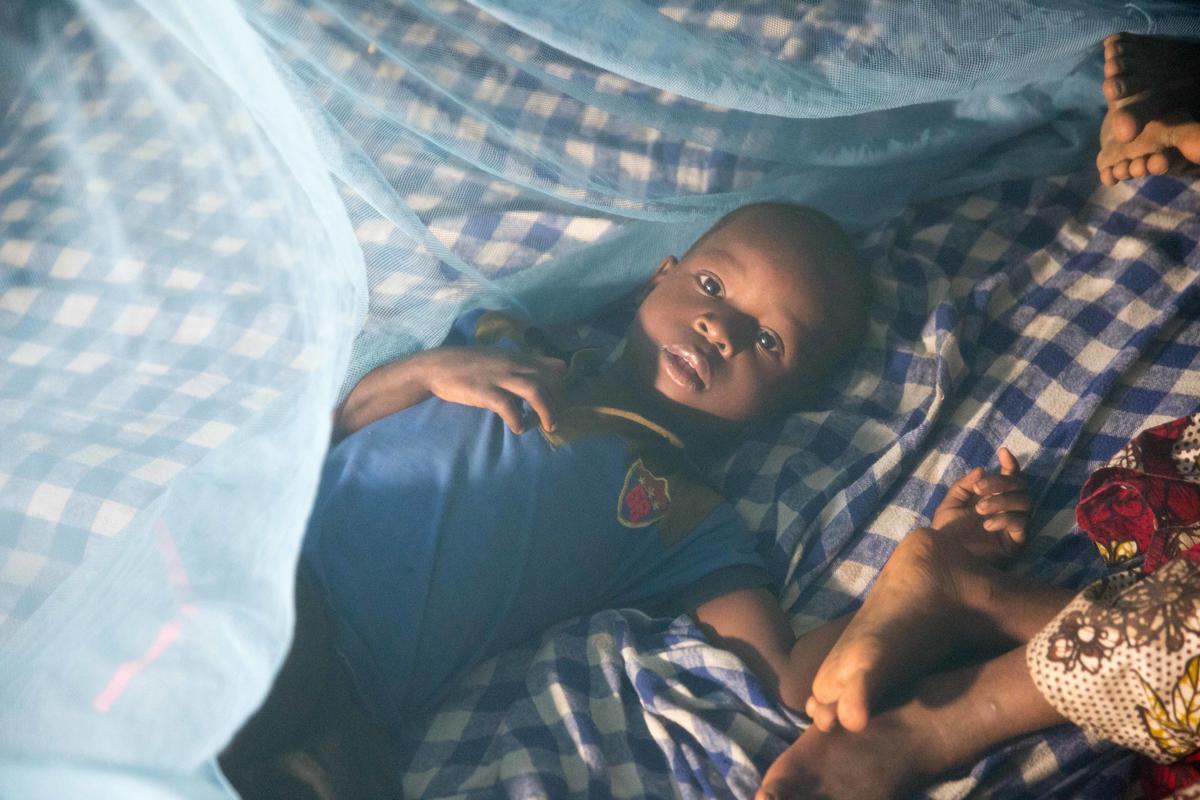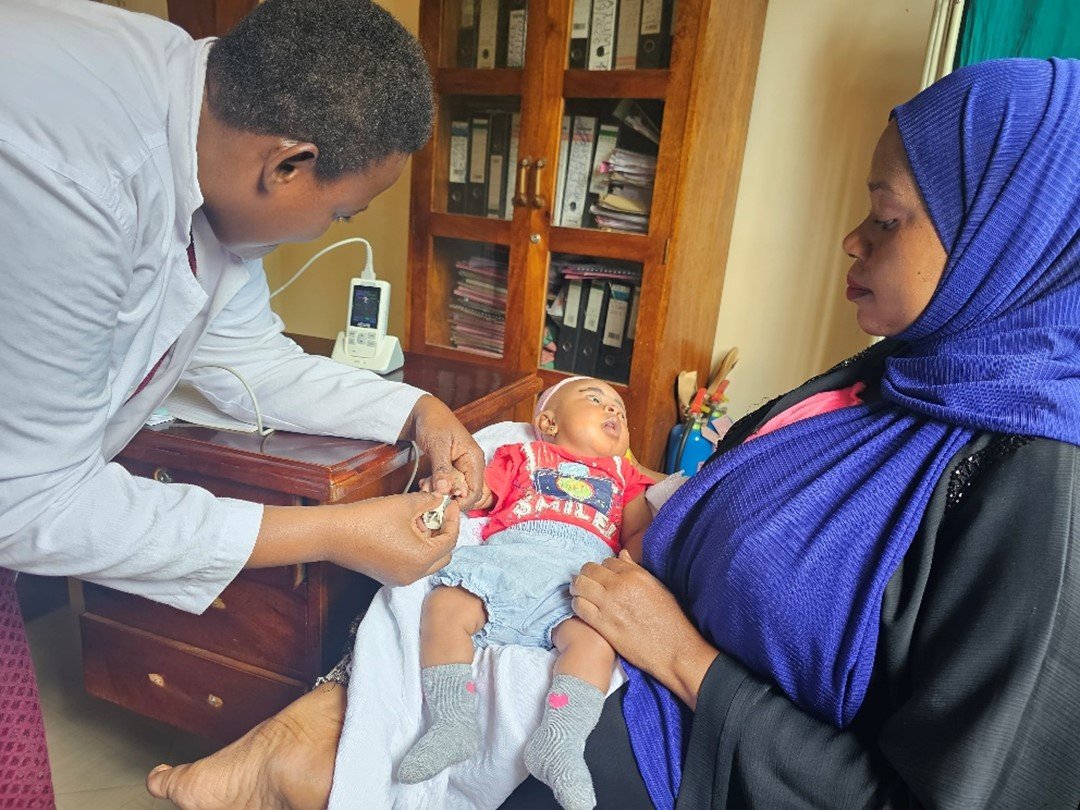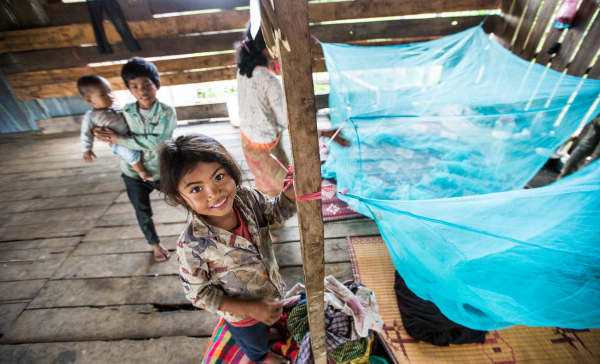The problem
The malaria parasite and dengue virus are transmitted through the bites of infected mosquitoes. There were an estimated 249 million malaria cases and 608,000 malaria-related deaths in 2022, and dengue incidence increased eight-fold between 2000 and 2019.
Vector control interventions, such as insecticide-treated nets and indoor residual spraying of homes with insecticides, are vital to controlling and eliminating malaria. Their large-scale use played a huge role in averting hundreds of millions of malaria cases since the early 2000s. But progress in the fight against malaria is under threat and new vector control tools are desperately needed to complement existing tools.
Our response
Spatial repellents are innovative tools that slowly release chemicals into the air to repel mosquitoes and prevent bites. Through the Advancing Evidence for the Global Implementation of Spatial Repellents (AEGIS) project, led by the University of Notre Dame, we are investigating the potential of spatial repellents to prevent vector-borne diseases like malaria and dengue.
Spatial repellents
A novel vector control intervention to protect people from mosquito bites and the diseases they carry.
Our partners
The AEGIS project is led by the University of Notre Dame in partnership with the Kenya Medical Research Institute (KEMRI) and the Centers for Disease Control and Prevention (CDC) in Kenya, Catholic Relief Services (CRS) and the Malaria Research and Training Center at the University of Bamako in Mali, CRS and the Infectious Disease Research Collaboration in Uganda, and the National Dengue Control Unit, Epidemiology Unit, the University of Kelaniya Clinical Trials Unit and RemediumOne in Sri Lanka. Johns Hopkins University Center for Communication Programs leads the social science research investigating factors that could impact successful implementation of spatial repellents. SC Johnson donated the Mosquito Shield ™ spatial repellents used in the project. FHI Clinical provides oversight of the trials in Kenya, Mali and Sri Lanka.
Project page

